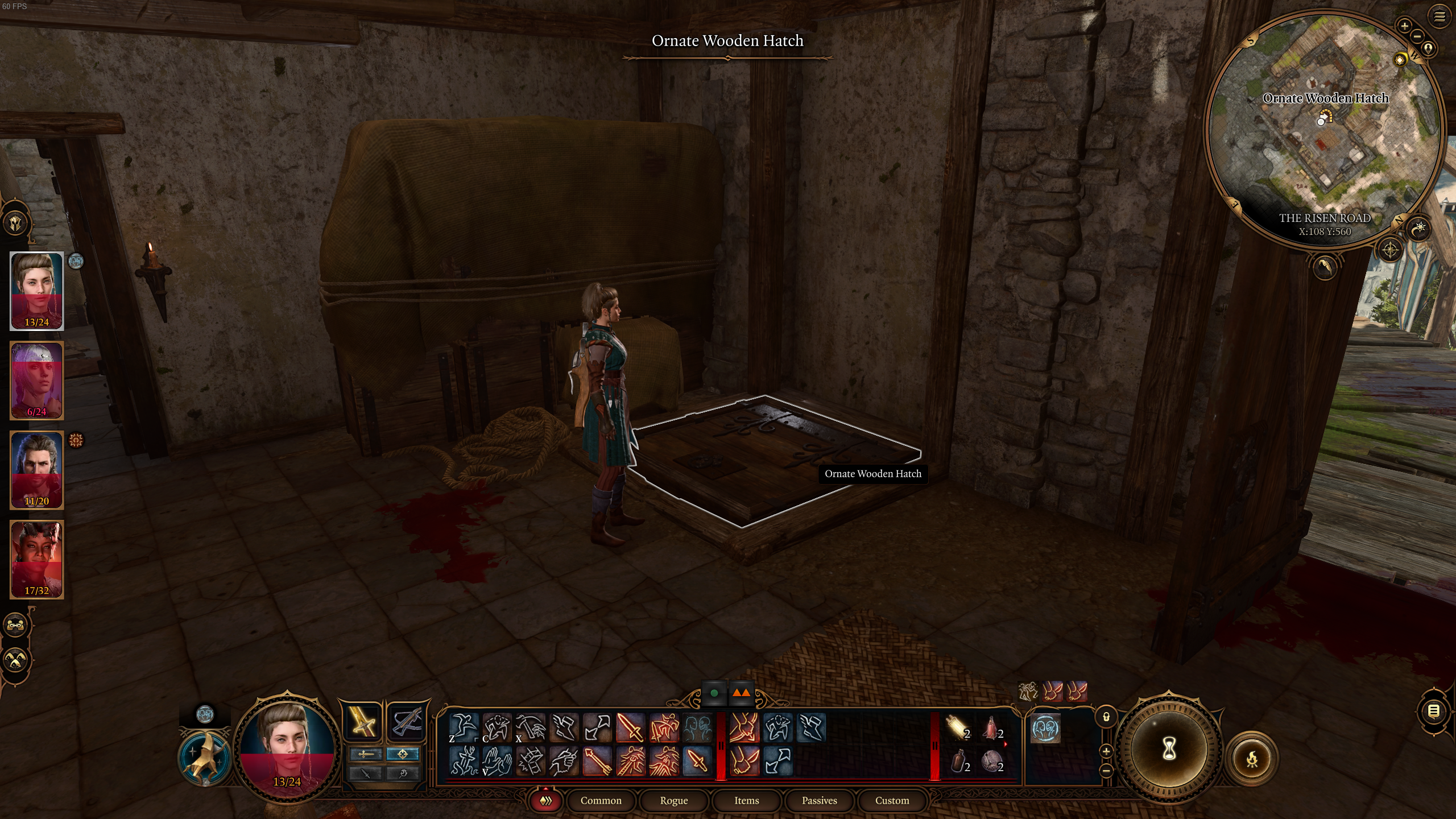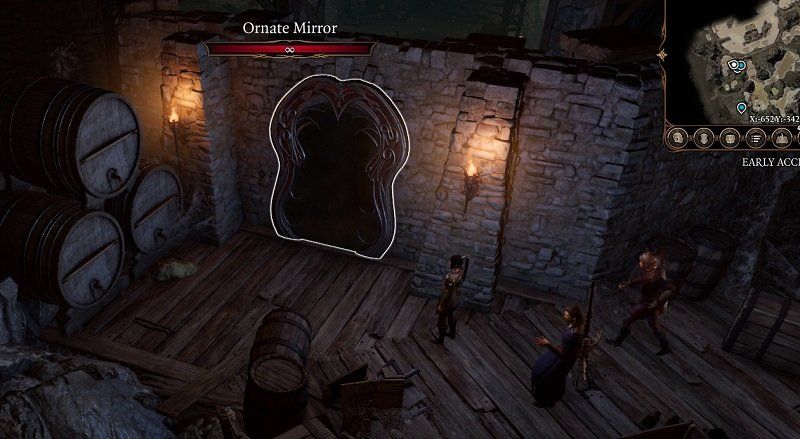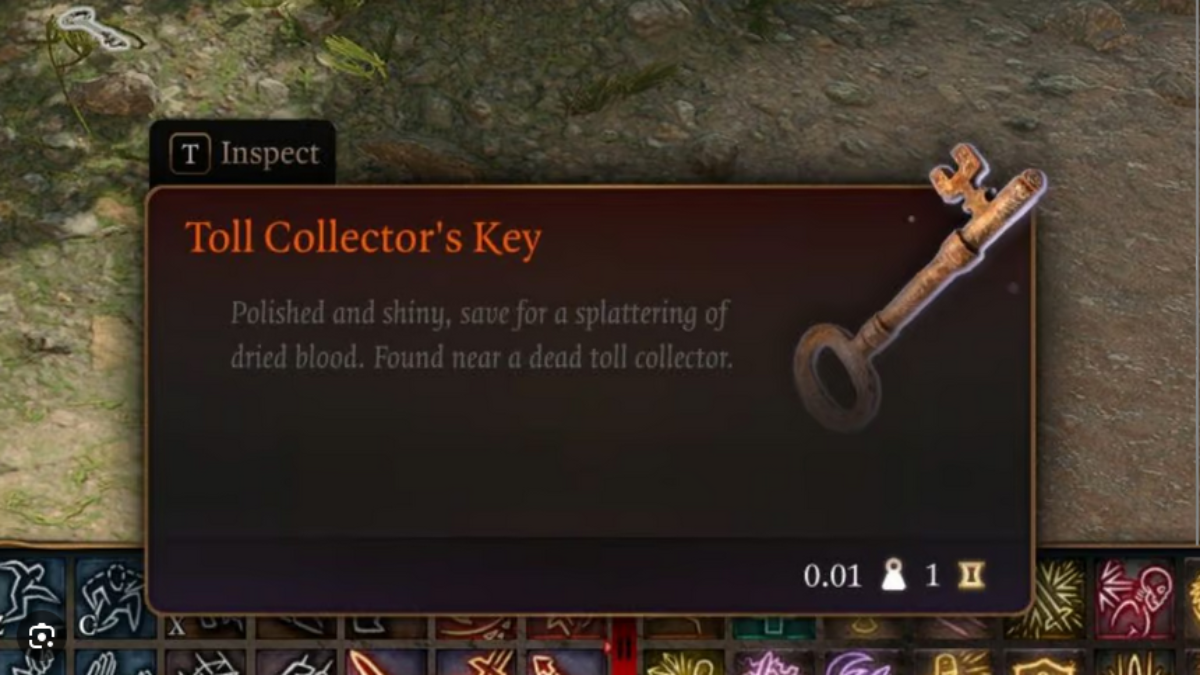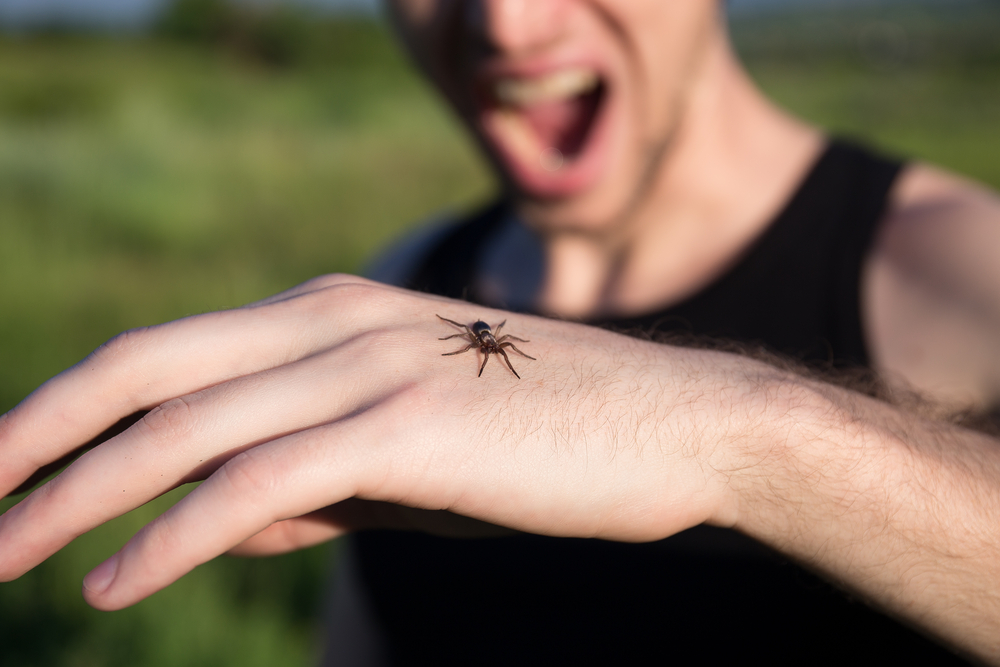Table Of Content
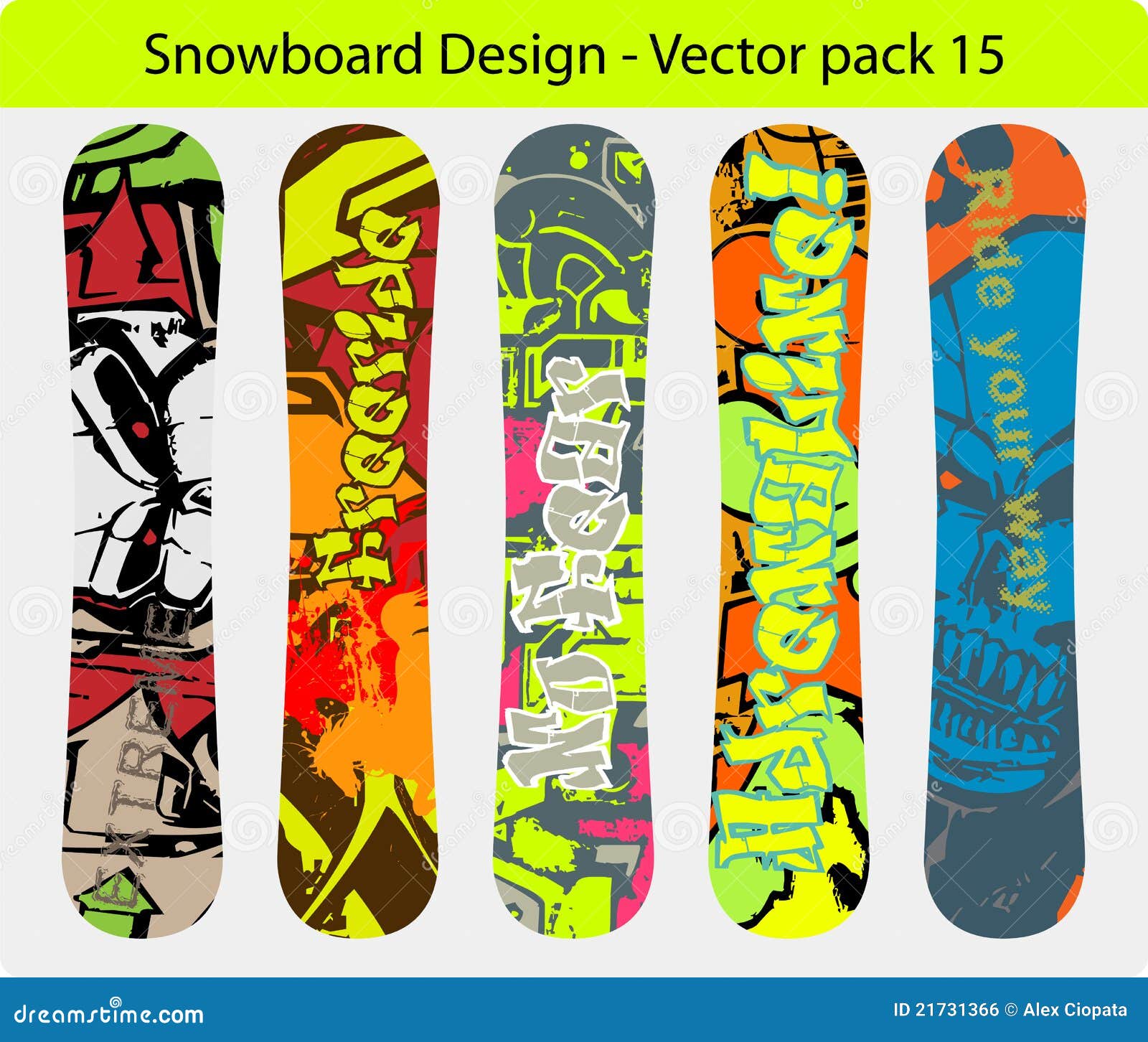
If your board’s waist width is too narrow, your boots will overhang excessively and your toes may scrape the snow while carving. To determine the ideal waist width for you and your foot side, always check out your board, boot, and binding manufacturers’ sizing charts before purchasing. Perhaps the most foundational part of every snowboard is the core. Most cores are made from strips of poplar, bamboo, birch, or aspen wood.
Best 8 snowboard designs 2018 Gnu, Burton, Capita - Red Bull
Best 8 snowboard designs 2018 Gnu, Burton, Capita.
Posted: Thu, 04 Jan 2018 08:00:00 GMT [source]
Burton Stylus Flat Top Snowboard
On the other hand, shorter boards are often lighter, better for tight turns, and excellent for floating through powder. A snowboard profile is the silhouette of a snowboard when viewed from the side if you were to set the board flat on a table and look at it lengthwise. The goal is to flow like water, which is visually reflected in the shifted volume and shapes of Stranda’s boards that officially hit the market in 2015. Indeed, the Dream loves to carve, on ice and across hardpack.
Types of All-Mountain Snowboards

We ensure that the board is the correct width in addition to length. To wide or too narrow can cause heel or toe drag which can spell misery out there. We want to maximize the fun factor, so we pay attention to the details.
Inside the World of Board Graphics – PRINT Magazine - PRINT Magazine
Inside the World of Board Graphics – PRINT Magazine.
Posted: Tue, 13 Sep 2011 07:00:00 GMT [source]
Digging Through The Archives: Decades Of Burton Innovation
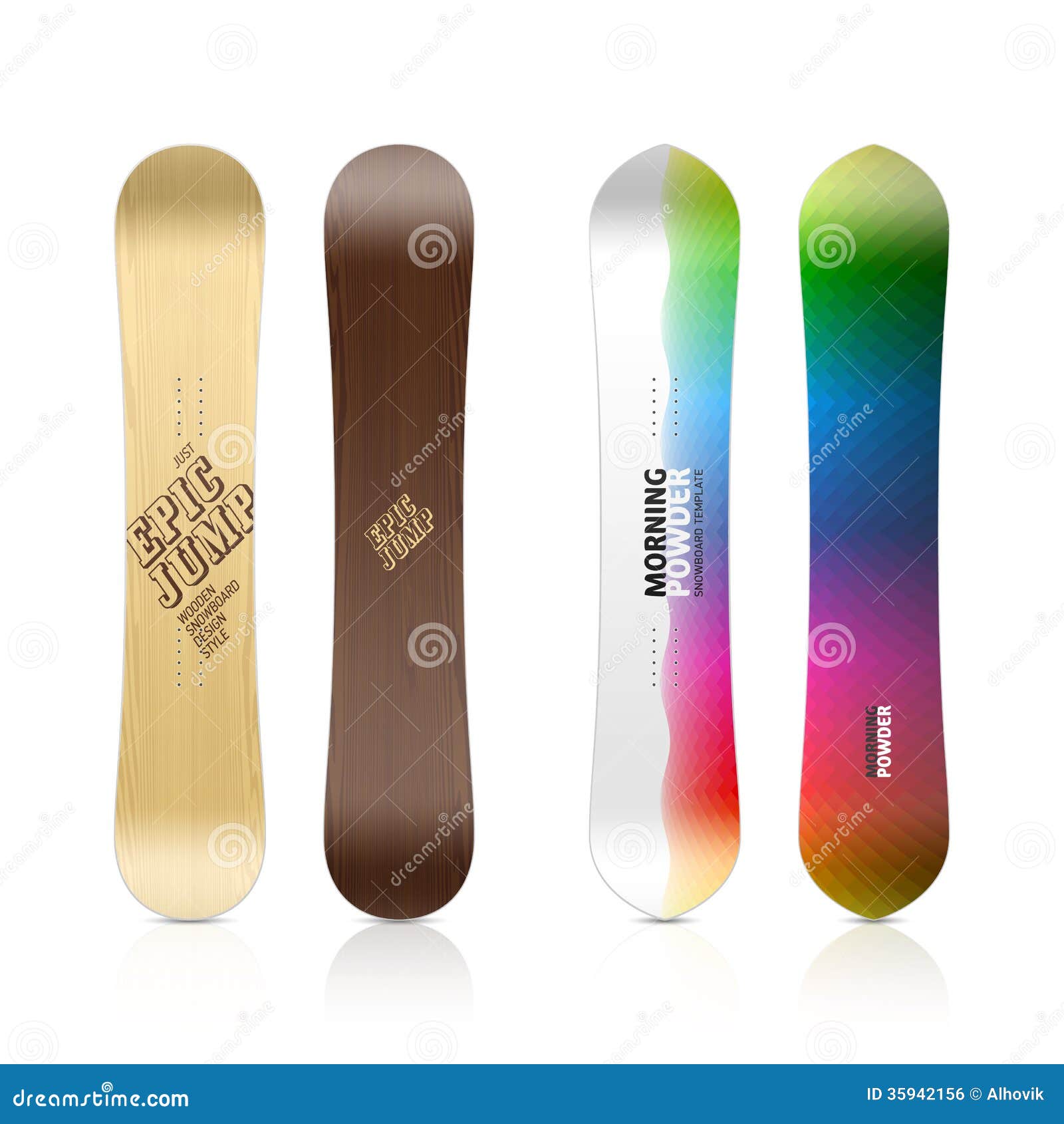
Generally, snowboards in this category have a directional shape with a large, wide nose and a tapered-down tail. This is the ideal shape for maximum float in untouched snow. For intermediate riders who like to dabble in all types of terrain, the Women’s YES.
Binding angle
For example, our pick for best powder-leaning all-mountain snowboard will certainly rip all over the mountain, but it will truly shine when riding pow. We’ve also included freestyle-leaning all-mountain snowboards and hard-carving all-mountain snowboards. While testing all-mountain snowboards we consider versatility, stability, flex, stiffness, carveability, edge hold, and overall value.
Is there anything on this earth more timeless than a cambered, twin-tipped snowboard? Unless you’ve lived under a rock for the full extent of your life, then surely you’ve come across any number of Coolidge’s Dogs Playing Poker paintings. After all, days on-hill are only as good as the company you keep. Round ‘em up, strap up the Good Company, and get back to lapping that park.
For intermediate and advanced riders looking to ride fast, carve hard, and explore every part of the mountain, we confidently recommend it as the best all-mountain snowboard. Strategically placed carbon stringers add plenty of springy pop to the DOA. Whether you’re in the park or launching off of side hits, this board is well-equipped for freestyle riding. It’s a little on the stiff side for presses and butters, but the nose and tail provide some welcome and noticeable flex. Though the definition of “all-mountain” varies by retailer and brand, all of the snowboards on this list perform well across a broad range of riding styles and snow conditions.
Women’s Weston Riva
Indeed, this is a stalwart steed for advanced to expert snowboarders. We also found that the Rossignol Diva is on the stiffer end of the spectrum — which is perfectly fine for us and our all-mountain rodeo outings on this board. If you’re looking for a strong snowboard for aggressive shredding, here’s your chance.
As a true twin, the Women’s Arbor Swoon Rocker ($550) supports your surf-style needs in both directions down the mountain. That’s mostly due to the extensive true rocker shape that gradually decreases toward either end of the board — and zero camber. While the 3D Contour Base is integrated into this design, like on the Stratos, the degree is dialed back to a 2mm bevel in the nose-and-tail’s spoon shape, which is a balance we dig. This women’s ship is easy to steer around moguls, fun to plow into powder fields, and traverses well.
Your boots and bindings should match your riding style and the performance characteristics of your board. Most freestyle-leaning snowboards have a true twin or slightly directional twin shape. Boards in this category tend to have relatively flat or mildly rockered profiles, though there are some exceptions to this. On this list, our favorite freestyle-leaning boards are the Never Summer Infinity Snowboard and the YES. All-mountain snowboards are designed to handle various riding styles and types of terrain.
Design, create, customize your own graphics art on the best custom snowboards made in the USA. Written by Tyler CarterTyler Carter is a passionate snowboarder with an adventurous spirit and a love for exploring the mountain. He shares his knowledge and insights about snowboarding techniques and gear to help other riders make the most of their time on the slopes. One of the benefits of indoor snowboarding is the level of control that you can have on the conditions of the slope. The temperature and humidity levels are constant and can be adjusted to the snowboarder’s preferences, which provides a consistent riding experience. It’s the middle of summer and you’re itching for some snowboarding action.
Overall, we found the WNDR BelleAire to be a sturdy, dependable slasher in variable chop, strong in powder, and comfortable at speed on the groomers. While it’s not a playful spoon, the BelleAire is for charging anywhere, any day — and it’s not too stiff while living up to that name. This is not only one of the most eco-friendly boards ever made but is a solid contender for an all-mountain quiver to take over your foyer. The design also features a nifty sidecut called Grip Tech, which shifts the four primary ergonomic contact points from the rise of the tip and tail to either side of each binding. With a more central location, those spots offer more direct energy transfer to the snow for better turns, stability, and control.
The symmetrical nose, tail, and overall shape provide a balanced feel, which lends itself to learning to ride switch. Catching an edge with this board isn’t easy to do, given the convex base hovers its metal edges above the snow and there’s a nonaggressive bevel. The first mass-produced skiboard was the Austrian Kneissl Bigfoot in 1991.[25] American manufacturers such as Line Skis then began to produce skiboards, and the sport grew in popularity. From 1998 to 2000, skiboarding was part of the winter X Games in the slopestyle event. After it was dropped there was no longer a profession circuit for the sport, and many competitors switched to freestyle skiing on twin-tip skis.
